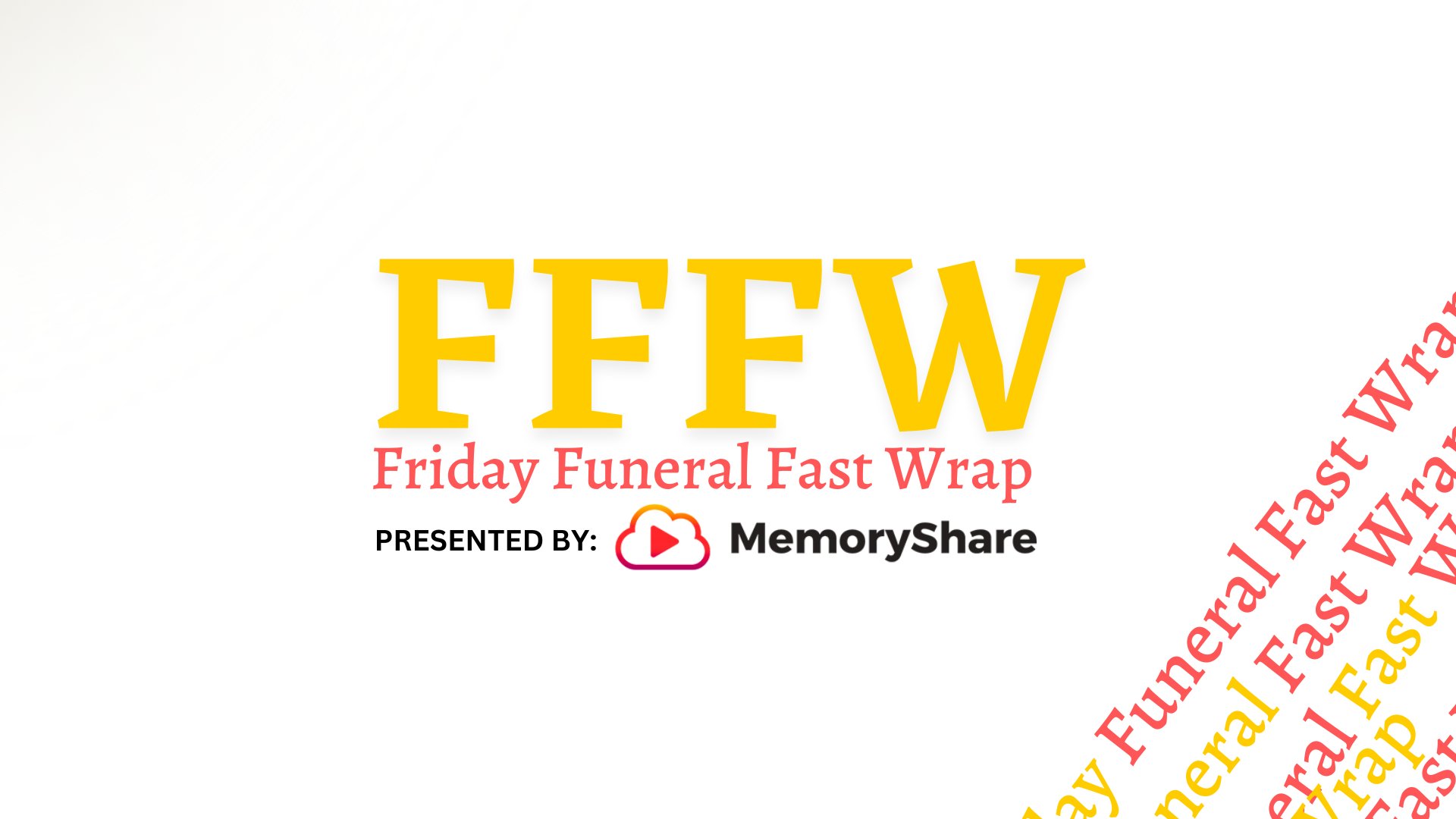Making Everlasting Memories Brushes Off Concerns About QR Code Patent
A few weeks ago we posted an article that talked about a patent help by Making Everlasting Memories that protects the concept of using QR code technology to send a user from a concrete object to a memorial webpage. There was a lot of concern generated through comments made to the article (unfortunately those comments were not able to be copied over to our new site), and most of the concern was surrounding the uncertainty of how forceful would MEM be at protecting their patent. There was also great concern about the relationship between MEM and SCI. Making Everlasting Memories is listed on a number of online documentation as a subsidiary of SCI, and (MEM) has just entered into a partnership with Bass-Mollett, which has been a large and trusted supplier to many independent funeral homes across the country, and this has many independent firms rethinking their relationship with Bass-Mollet.
I was emailed Thursday morning by Thomas Parmalee, executive director, of Funeral Service Insider letting me know that they had mentioned ConnectingDirectors.com in an article they published after reaching out to Making Everlasting Memories to find out exactly what their patent covered.
Below are some of the highlights.
When asked about the OR code patent G. Scott Mindrum, president and CEO of Making Everlasting Memories,says QR codes are just one area his company focuses on. “Yes, we have a patent, but we’ve never had to do anything other than discuss what we can do to help funeral homes serve more families,” he says.
Mindrum adds that his company is “not an aggressive group” but it is proud of the solutions it offers funeral homes. “We are not squatting on technology – we are actively developing technology, and we’d like to be able to work with people.” He adds, “We are not running around chasing people.”
Specific to the patent itself and what it covers Mindrum explained, what we have is a patent on the concept of using QR technology to take a person from a concrete object – that could be a headstone or a printed object – from there to an Internet website.” He adds, “There are other aspects of the patent, but that’s the part getting people’s attention.” The patent specifically applies to the death-care profession, he says.
Parmalee stats in the article that Mindrum also clarified confusion about the ownership of his company. Mindrum says he founded the company by himself in 1995, and is the largest shareholder, but he does admit to entering into a joint venture/partnership with SCI a long time ago. Mindrum doesn’t go into details about the partnership, but does say he is not exclusive to any company and that SCI is a large customer but does not have any involvement in the day-to-day operations of MEM.
I personally feel there is more to the story and the partnership with SCI. MEM would not be listed as a subsidiary of Service Corp International if they were just a large supplier to the company. It does sound like MEM/SCI are going to do whatever they have to do to protect their patent, but it seems they rather try to “work with people” then get legal parties involved. I have a feeling “working with people” will involve large royalties or licensing fees. Bummer for companies hoping to move forward with QR technology in the funeral profession, looks like MEM has a strong hold on at least directing the QR code to a memorial page.
What are your thoughts?
If you would like to read the article from Funeral Service Insider in its entirety, please visit: http://www.
Thank you to Thomas Parmalee for mentioning ConnectingDirectors.com in his original article and for allowing us to use portions of the piece for this post.




